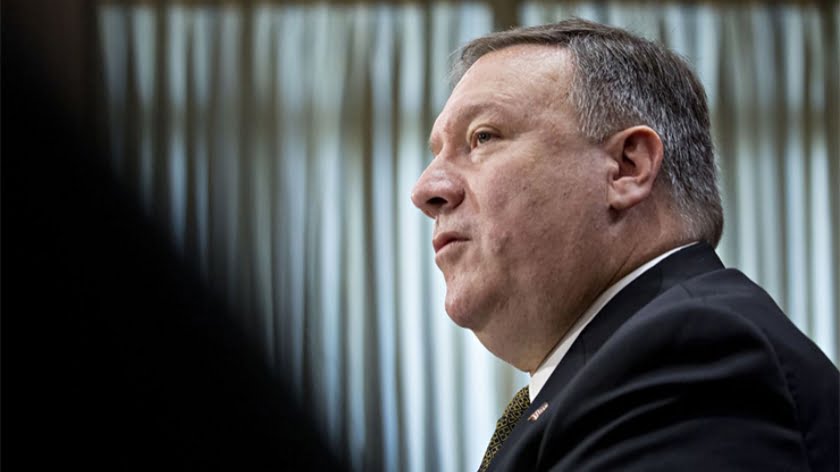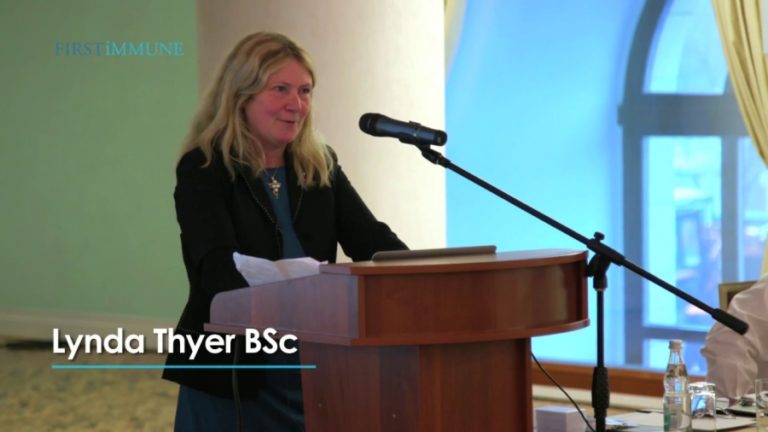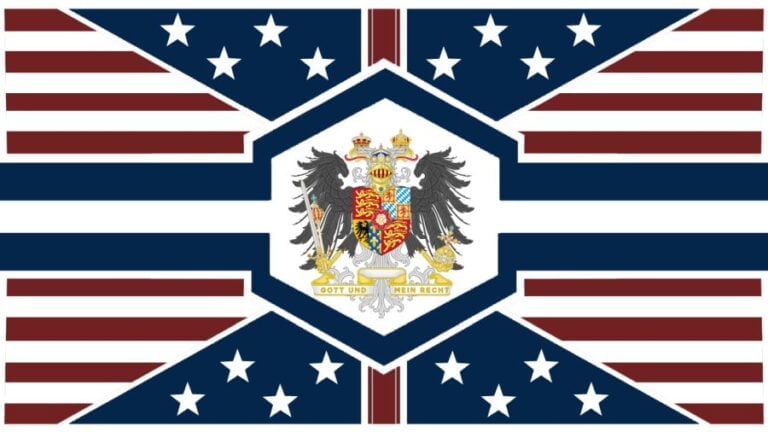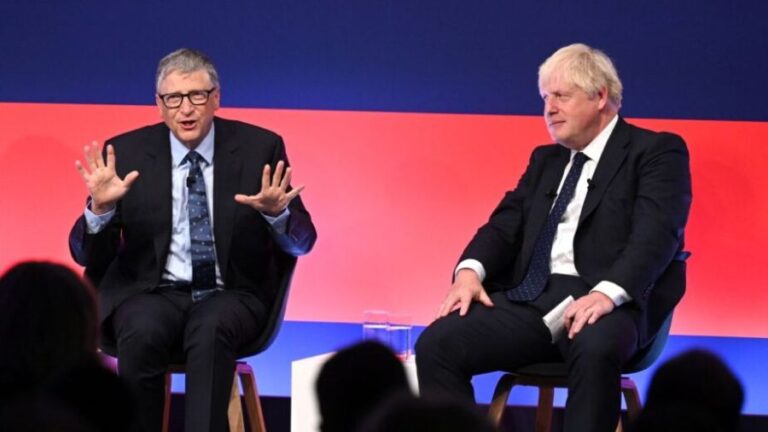Mike Pompeo Pays a Visit to India
On May 25-26 this year, the US Secretary of State Michael Richard Pompeo visited India. En route to New Delhi, he briefly stopped in the capital cities of the Kingdom of Saudi Arabia, the United Arab Emirates and Afghanistan.
According to the news media, in the course of the negotiations with the leaders of the KSA and the UAE, the high-ranking US official was working to resolve the issue of creating ‘a global coalition opposing the world’s biggest terrorism sponsor.’ According to Mike Pompeo, the latest aggressive action of the aforementioned sponsor (i.e. Iran) manifested itself in the famous incidents with the 2 tankers in the Gulf of Oman.
The author of this article believes that the US is really desperately trying to avoid finding itself in another military and political swamp, one of the many the US has created in the Middle East over the recent decades. That is, the cost was high and the dividends were practically non-existent.
Donald Trump, who found himself adhering to the US-Tehran relations policy backed by a certain clique in the US establishment, had a clear priority to get his foot out of the Iranian swamp, which he for some reason or other had previously put it in, without losing the boot.
With that goal in mind, he is using a combination of various means: the intermediary services of authoritative politicians (such as the Japanese Prime Minister Shinzō Abe, sanctions on the Iranian leaders and direct military threats (“wait and see what our global coalition is going to do to you”).
According to the Iranian Ambassador to China, a war with the US is hardly likely. One of the reasons behind this is the fact that Washington has a clear understanding that Tehran is ready to strike back. Moreover, there is (and probably will be) nothing remotely similar to what one might call an anti-Iranian coalition, especially a global one.
This was clearly demonstrated by the almost 20-year-long saga in the deepest swamp the US found itself in: Afghanistan. For a while, the closest European allies did indeed imitate military presence in Afghanistan. But as soon as the due time came, they literally disappeared from ‘that damned hole in the middle of nowhere.’ Thus leaving the key ally almost alone waging the hopeless war against the Taliban, with whom Washington started negotiations, first in secret and over the last 2 years openly, regarding both putting an end to the armed conflict and the format of the US leaving Afghanistan.
The comment on Mike Pompeo’s visit to Kabul states that the parley with the President Ashraf Ghani included the agenda for another round of talks between the US and the Taliban in Doha scheduled for June 29. At the same time, Mike Pompeo expressed his hope for signing a treaty with the Taliban as early as in September this year.
However, the Indian capital was the most important part of the US Secretary of State’s trip, as the previous three capitals saw the discussion of regional and tactical issues, while it was in Delhi that the parties directly or indirectly dealt with outlining the global political map.
The growing US-Chinese competition factor is reaching the core of this process, and Washington has been considering India a potential main strategic opponent to China in Asia since the early 2000s. To achieve that, problems in the relations of the 2 Asian giants of various nature and complexity are used.
Meanwhile, India’s policy in the geometrical configuration comprised by a group of several world’s greatest superpowers can be compared to a ship sailing along some medial line. The time, direction and variance depend on various factors, most importantly the current situation in the relations with the key players, i.e. China (joined with Russia) and the US.
The Delhi-Beijing relations saw a dramatic exacerbation in the second half of 2017, and the spring of 2018 saw the launch of the Wuhan Process lavishly lauded by both Delhi and Beijing.
However, several months later, the first ever US-Indian 2+2 format meeting was held with the participation of the Foreign Ministers and the Defence Ministers. It would seem that the Indian state ship made a sudden turn towards the US.
However, by the end of 2018, Washington paid a great deal of attention to the Russian-Indian deal of India’s purchasing a large batch of armaments (mainly С-400 antiaircraft) and the necessity for imposing an economic blockade on Iran (again, with no clear motivation behind it).
It was practically on the eve of Mike Pompeo’s visit that a new turbulence emerged in the US-Indian relations. First, India imposed increased customs duty on 29 US goods, which was presented as a response measure to the US increasing duty on imported aluminum and steel semi-processed materials a year before.
India, in its turn, had a strong negative reaction to the new US Department of State’s Report on International Religious Freedom. This time, various instances of violation in India were widely mentioned in the document.
Another long-time negative topic in the bilateral relations is the issue of providing so-called working US visas for highly skilled Indian experts (mainly working in IT).
Thus, almost a year after the 2+2 format meeting, the US-Indian relations have enough topics for discussion. Moreover, the spring of 2019 saw the new parliamentary elections in India, after which the ruling party Bharatiya Janata and its leader Narendra Modi strengthened their positions both in and out of the country and formed a new cabinet.
The main objective of Mike Pompeo’s visit to India was to find an answer to the question: where is the Indian ship sailing under the new (and yet old) management? How could India’s foreign policy change in general and in particular? Such as the aforementioned weapon deal with Russia and the prospects of Indian partaking in the Iranian oil import embargo.
As for the purchase of the Russian С-400 antiaircraft, it is clear by the media accounts organized on the eve of Mike Pompeo’s meeting with his new Indian counterpart Subrahmanyam Jaishankar that this issue would be reconsidered by India and the decision was final.
The negotiations covered in detail the situation that emerged after India had joined the US-Iranian oil import embargo on May 2 this year. It was a painful decision India had to take regarding its historically friendly counterpart. But there seemed to have been no other way to balance the positive signals to the world’s leading players (China and Russia on the one hand and the US on the other) who find themselves in global competition.
In this respect, it is notable that, at the closing press conference, Mike Pompeo did in fact acknowledge the difficult choice made by India and promised the US would aid it in all ways regarding oil import from other countries.
The author of this article believes that the US Secretary of State’s visit to India failed to have any significant consequences either for the bilateral relations or the situation in the region. It was probably a probing mission, i.e. the US studied the new government of the country that is critical for the US.
Meanwhile, it would seem that the radical change of the world order is accelerating. This is in particular proved by rather peculiar tweets made by the US President in Osaka on the arrival for another G20 summit. The tweets were addressed to the key ally, i.e. Japan, and, again, India.
And given the rapidly changing disposition on the playfield, it is not recommended that the players be overly active. That is, they had better adopt the strategy of a penguin that conceals its fat body in the rocks awaiting a storm.
It would seem that it was this strategy that the latest US-Indian parley participants adopted in Delhi.
By Vladimir Terehov
Source: New Eastern Outlook







